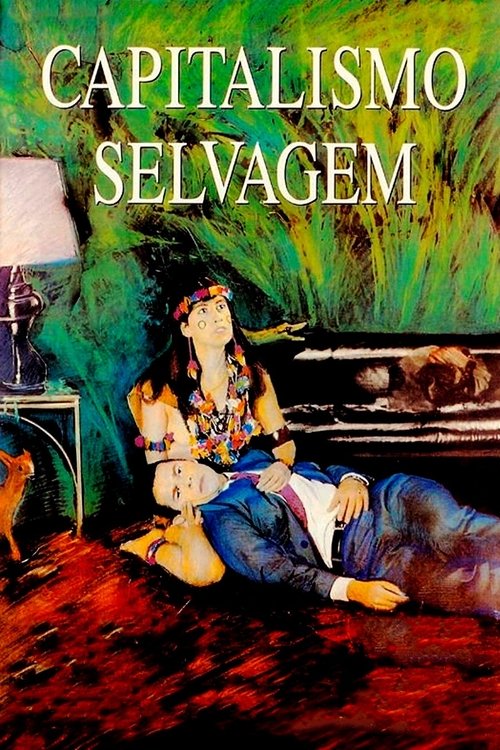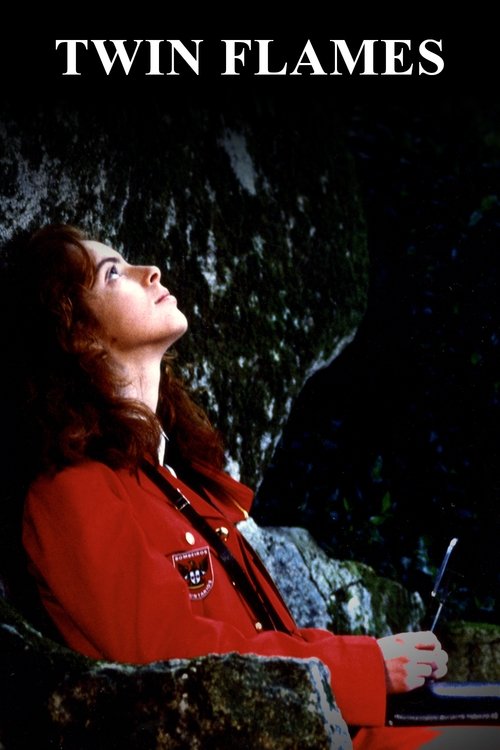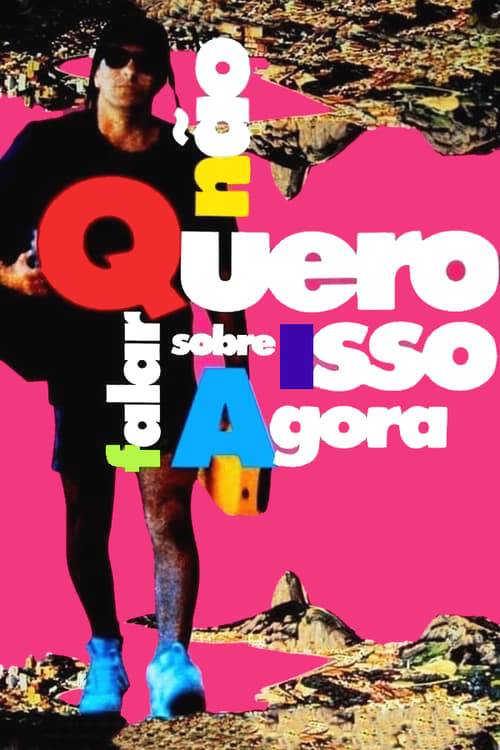
Ask Your Own Question
What is the plot?
What is the ending?
In the ending of "Uma Vida Normal," the main character, a young man named Miguel, confronts the reality of his life choices and the impact they have had on his family. He ultimately decides to take responsibility for his actions, leading to a moment of reconciliation with his estranged father. The film concludes with a sense of hope as Miguel begins to forge a new path for himself, while his family starts to heal from the wounds of the past.
As the film approaches its conclusion, the tension builds around Miguel's internal struggle. He has been grappling with the consequences of his decisions, which have strained his relationships with his family, particularly with his father, who has always held high expectations for him.
Scene by scene, the ending unfolds as follows:
In the first scene of the climax, Miguel is seen sitting alone in his room, surrounded by remnants of his past choices--old photographs, letters, and reminders of his family. The weight of his decisions presses heavily on him, and he reflects on the distance that has grown between him and his father. The camera lingers on his face, capturing the turmoil and regret that swirl within him.
The next scene shifts to the family home, where Miguel's father, a stern but caring man, is preparing for a family gathering. He is visibly anxious, knowing that Miguel's presence is uncertain. The atmosphere is thick with unspoken words and unresolved tension. As family members arrive, the father tries to maintain a facade of normalcy, but his eyes betray his worry for his son.
As the gathering unfolds, Miguel finally arrives, hesitantly stepping through the door. The room falls silent, and all eyes turn to him. The initial moments are filled with awkwardness, as Miguel and his father exchange glances that speak volumes. The father's disappointment is palpable, yet there is a flicker of hope in his eyes as he sees his son.
In a pivotal moment, Miguel takes a deep breath and approaches his father. The room holds its breath as he begins to speak, his voice trembling with emotion. He acknowledges the pain he has caused and expresses his desire to make amends. The father, initially guarded, begins to soften as he listens. The tension in the room shifts from one of confrontation to one of potential reconciliation.
The next scene captures a breakthrough as Miguel and his father engage in a heartfelt conversation. They share their feelings, revealing the misunderstandings that have plagued their relationship. Miguel's father admits his own fears and expectations, while Miguel expresses his struggles and the pressure he has felt to live up to those expectations. This exchange is raw and emotional, showcasing the vulnerability of both characters.
As the conversation progresses, the father reaches out to Miguel, placing a hand on his shoulder. This gesture signifies a turning point, a moment of connection that had been missing for so long. The camera captures the tears in both their eyes, symbolizing the healing that is beginning to take place.
In the final scenes, the family gathers around the dinner table, a stark contrast to the earlier tension. Laughter and warmth fill the room as they share stories and memories. Miguel, now more at ease, participates actively, his demeanor lighter. The father watches with a sense of pride and relief, realizing that their relationship is on the mend.
The film concludes with a shot of Miguel stepping outside into the evening light, a metaphor for his new beginning. He looks back at his family, a smile on his face, embodying hope and the possibility of a brighter future. The screen fades to black, leaving the audience with a sense of resolution and the understanding that while the journey ahead may still be challenging, Miguel is ready to embrace it with newfound strength and support from his family.
In summary, Miguel's fate is one of redemption and growth, as he learns to confront his past and rebuild his relationships. His father's fate is one of acceptance and understanding, as he opens his heart to his son. The film closes on a hopeful note, emphasizing the importance of family, communication, and the possibility of change.
Is there a post-credit scene?
The movie "Uma Vida Normal," produced in 1994, does not feature a post-credit scene. The film concludes its narrative without any additional scenes or content after the credits roll. The story wraps up with a focus on the characters' resolutions and emotional states, leaving the audience with a sense of closure regarding their journeys.
What are the main character's motivations throughout the film?
The main character, a young woman named Ana, is driven by her desire for independence and self-discovery. She struggles with the expectations placed upon her by her family and society, seeking to carve out her own identity amidst the pressures of traditional roles.
How does Ana's relationship with her family evolve during the film?
Ana's relationship with her family is strained at the beginning, as they impose their expectations on her. As the story progresses, she confronts her family's values and ultimately seeks to assert her own choices, leading to moments of conflict but also a deeper understanding of each other's perspectives.
What role does the setting play in Ana's journey?
The setting, a small town in Portugal, serves as a backdrop that reflects Ana's internal struggles. The confined spaces of her home and the familiar streets symbolize her feelings of entrapment, while her eventual exploration of the wider world represents her quest for freedom and self-actualization.
How does Ana's friendship with her peers influence her character development?
Ana's friendships with her peers provide her with a sense of camaraderie and support. These relationships challenge her to think differently about her life choices and encourage her to pursue her dreams, ultimately playing a crucial role in her transformation throughout the film.
What significant events lead to Ana's turning point in the story?
Key events that lead to Ana's turning point include a confrontation with her parents about her future, a pivotal moment of self-reflection after a failed romantic relationship, and an inspiring encounter with a mentor figure who encourages her to follow her passions, all of which catalyze her journey towards independence.
Is this family friendly?
"Uma Vida Normal," produced in 1994, is a Portuguese film that delves into the complexities of family dynamics and personal struggles. While it offers a poignant narrative, there are several aspects that may be considered objectionable or upsetting for children or sensitive viewers.
-
Family Conflict: The film portrays intense family disputes that can be emotionally charged, showcasing the strain and tension within familial relationships.
-
Mental Health Themes: There are elements related to mental health issues, which may be distressing for some viewers, particularly those who have personal experiences with such topics.
-
Emotional Turmoil: Characters experience significant emotional pain and existential crises, which may be heavy for younger audiences to process.
-
Socioeconomic Struggles: The film addresses themes of poverty and hardship, which can be upsetting as it reflects real-life challenges faced by many families.
-
Loss and Grief: There are moments that touch on loss, which can evoke strong feelings of sadness and may be difficult for sensitive viewers.
Overall, while "Uma Vida Normal" offers a rich narrative, its exploration of complex emotional and social issues may not be suitable for all children or sensitive individuals.


































